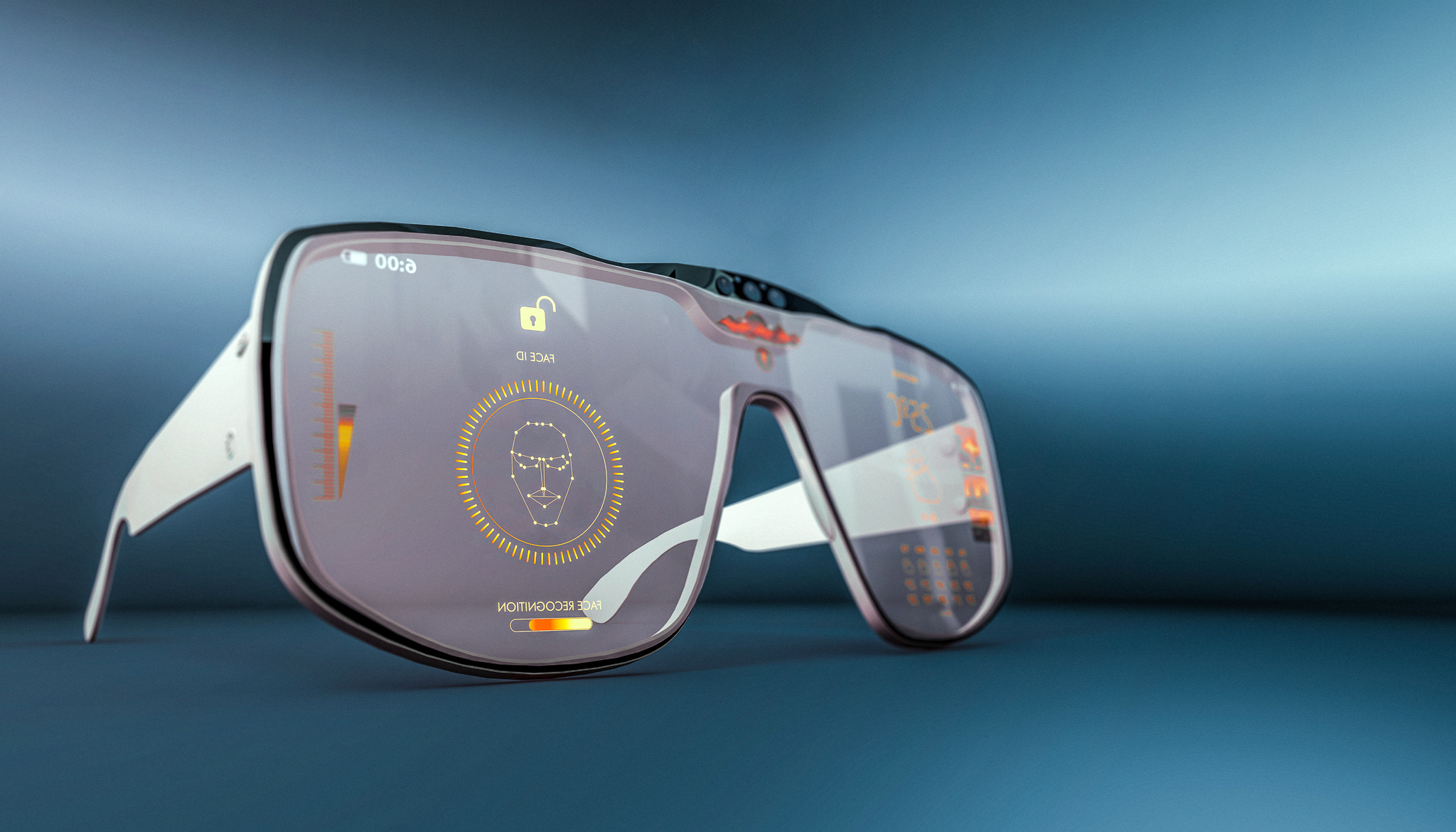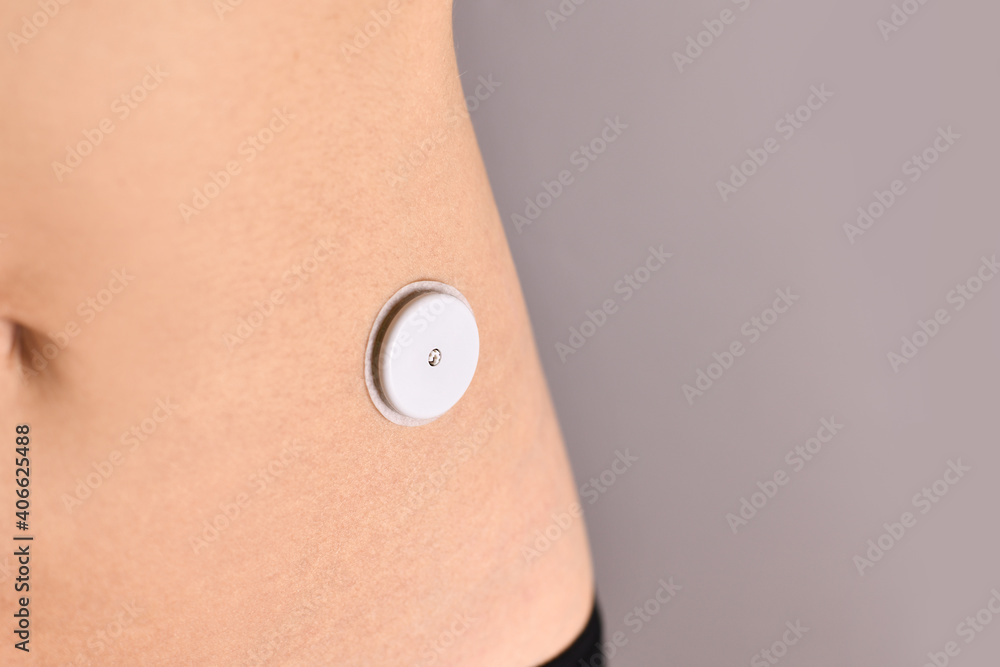In 2020, we publicly shared a wireless version of the Link that was able to stream 1,024 channels of action potentials (also called “spikes”) wirelessly and in real time. We demonstrated its functionality by recording somatosensory (touch) signals in pigs exploring their environment.
Swine have been used to demonstrate the safety and performance of a hand-controlled motor BMI system, which is intended to improve the quality of life for people with neurological disorders. This demonstration was a small but important step towards our vision of providing direct neural control of a computer cursor to people with paralysis. The rhesus macaque model allows us to design, validate, and advance the performance and robustness of a complete “closed-loop” motor BMI System.
Wireless, Fully-Implanted BMI
Neurons in motor cortex modulate their activity prior to and during movement, and are thought to be involved in planning, initiating and controlling voluntary movements. Many neurons in motor cortes are directionally tuned, that is, more active for particular movement directions than others. Different neurons are tuned to different movement directions. Pager can move a cursor on a computer screen with neural activity using a 1,024 electrode fully-implanted neural recording and data transmission device, termed the N1 Link.
By modeling the relationship between different patterns of neural activity and intended movement directions, we can build a model that can predict the direction and speed of an upcoming or intended movement. We can use these predictions to control, in real time, the movements of a computer cursor, or a mindpong paddle.
Decoding Neural Signals
The Link transmits signals from each of its 1024 electrodes, which contain signatures of the activity of nearby neurons (called action potentials or “spikes”). Every 25 milliseconds, the Link transmits these spike counts over bluetooth to a computer running custom software.
Pager’s brain implant allows researchers to control the movement of a cursor (or MindPong paddle) on a computer screen by monitoring activity in motor neurons. The video shows the spatial pattern of directional tuning on each of the electrodes in Pager’s implant while playing a 2D target acquisition game.
On the Horizon
Neurons in the motor cortex remain directionally tuned to movement intention even in people with paralysis, and it is possible to calibrate a decoder as the person imagines moving a mouse on a mousepad or a finger on a trackpad to guide a cursor that automatically moves to presented targets. After the decoder is calibrated, the person is able to type emails and text messages, browse the web, or anything else that can be done with a computer, just by thinking about how they want the cursor to move.
Neuralink’s mission is to build a safe and effective clinical BMI system that is wireless and fully implantable. The BMI systems used in previous studies have no more than a few hundred electrodes, with connectors that pass through the skin. Our goal is to scale up the number of electrodes for better robustness and throughput and to automate the implant surgery.
The N1 Link is a brain-computer interface that can read signals in the brain and use them to stimulate nerves and muscles in the body. Our first goal is to give people with paralysis their digital freedom back. After that, we intend to use the Link to help improve the lives of those with neurological disorders and disabilities. If you’d like to be a part of making a brighter future through neural devices, we’d love to hear from you.











